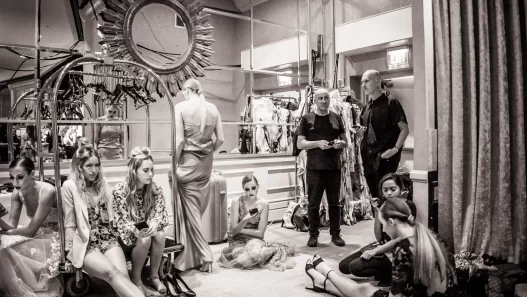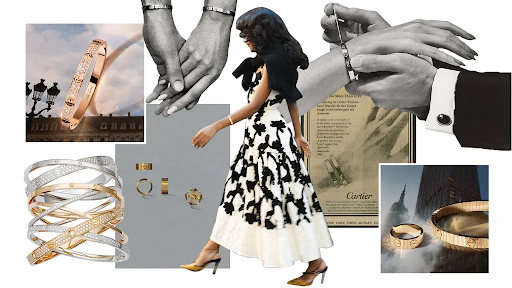Introduction
Fashion advertising is a powerful and influential force that shapes the way we perceive beauty, style, and aspiration. Yet, this realm of creativity is not without its legal boundaries. Regulations governing fashion advertising ensure that consumers are not misled, and that the images they see accurately represent the products being promoted. In this article, we delve into the complex world of fashion advertising regulations, examining truth in advertising laws, airbrushing controversies, and the use of models with digitally altered images.
Truth in Advertising Laws
At the heart of fashion advertising regulations are “truth in advertising” laws. These laws, enforced by governmental agencies such as the Federal Trade Commission (FTC) in the United States and similar bodies internationally, aim to protect consumers from deceptive or false advertising practices.
- Product Claims: Fashion advertisements must accurately represent the features, qualities, and benefits of the products they promote. Claims about product performance, materials, and benefits must be substantiated with evidence.
- Disclosure of Retouching: Some countries, like France, have enacted laws requiring advertisers to disclose when images have been retouched or digitally altered. This transparency allows consumers to differentiate between natural beauty and digitally enhanced representations.
Airbrushing Controversies
The use of airbrushing, retouching, and digital manipulation in fashion advertising has long been a subject of debate. Critics argue that these techniques perpetuate unrealistic beauty standards and can negatively impact self-esteem and body image. In response to these concerns, several developments have taken place:
- Dove’s Real Beauty Campaign: Dove’s “Real Beauty” campaign challenged conventional beauty standards by featuring unretouched images of women of various body types. This campaign highlighted the potential for positive change in the industry.
- Editorial Guidelines: Some fashion magazines and brands have implemented editorial guidelines that restrict the use of excessive retouching. These guidelines promote more realistic representations of models.
- Model Health Initiatives: In response to concerns about the health and well-being of models, some countries have introduced legislation requiring medical certificates to prove models’ fitness to work.
Use of Models with Digitally Altered Images
The debate over digitally altered images in fashion advertising often centers on the use of models whose appearances have been significantly manipulated. This issue encompasses not only body size but also skin tone, facial features, and overall aesthetics.
- Body Size and Image Manipulation: Several countries, including France and Israel, have passed laws addressing the use of underweight models. These laws require models to have a minimum body mass index (BMI) and mandate disclosure when images have been altered to make models appear thinner.
- Skin Tone and Diversity: Critics have also raised concerns about the manipulation of skin tone, which can perpetuate racial biases and stereotypes. Brands are increasingly under pressure to represent diversity and inclusivity in their advertising campaigns.
- Ethical Considerations: Ethical discussions surrounding image manipulation highlight the importance of transparent practices in the fashion industry. Brands and advertisers are urged to disclose when images have been significantly altered.
Conclusion
Fashion advertising plays a significant role in shaping societal ideals of beauty and style. While it is a powerful tool for promoting products and brands, it also carries a responsibility to consumers and society at large. Regulations governing fashion advertising, including truth in advertising laws and guidelines on image manipulation, are vital in ensuring that advertisements are honest and do not perpetuate harmful beauty standards.
As the industry continues to evolve, it is increasingly important for fashion brands and advertisers to strike a balance between creative expression and ethical responsibility. Transparency, diversity, and realistic representations in fashion advertising contribute to a more inclusive and responsible industry that respects the rights and well-being of consumers and models alike. By adhering to these regulations and fostering a culture of honesty and authenticity, the fashion industry can continue to be a source of inspiration and aspiration while upholding ethical standards.

















